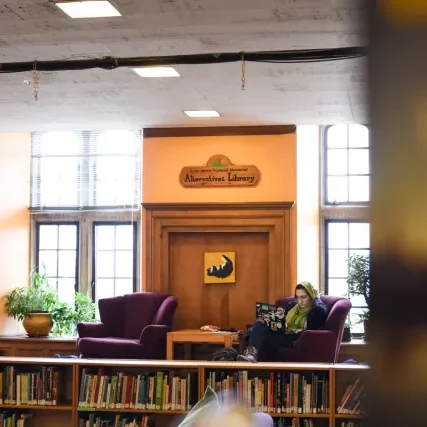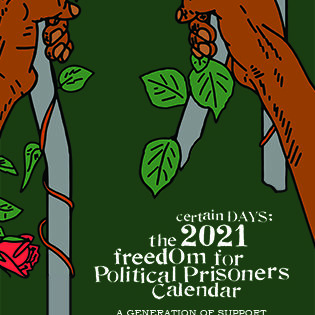Grave of the Fireflies
 Isao Takahata’s powerful antiwar film has been praised by critics wherever it has been screened around the world. When their mother is killed in the firebombing of Tokyo near the end of World War II, teenage Seita and his little sister Setsuko are left on their own: their father is away, serving in the Imperial Navy. The two children initially stay with an aunt, but she has little affection for them and resents the time and money they require. The two children set up housekeeping in a cave by a stream, but their meager resources are quickly exhausted, and Seita is reduced to stealing to feed his sister. Despite his efforts, she succumbs to malnutrition. Seita painfully makes his way back to the devastated city where he quietly dies in a crowded railway station.
Isao Takahata’s powerful antiwar film has been praised by critics wherever it has been screened around the world. When their mother is killed in the firebombing of Tokyo near the end of World War II, teenage Seita and his little sister Setsuko are left on their own: their father is away, serving in the Imperial Navy. The two children initially stay with an aunt, but she has little affection for them and resents the time and money they require. The two children set up housekeeping in a cave by a stream, but their meager resources are quickly exhausted, and Seita is reduced to stealing to feed his sister. Despite his efforts, she succumbs to malnutrition. Seita painfully makes his way back to the devastated city where he quietly dies in a crowded railway station.
The strength of the film lies in Takahata’s evenhanded portrayal of the characters. A sympathetic doctor, the greedy aunt, the disinterested cousins all know there is little they can do for Seita and Setsuko. Their resources, like their country’s, are already overtaxed: anything they spare endangers their own survival. As in the Barefoot Gen films, no mention is made of Japan’s role in the war as an aggressor; but the depiction of the needless suffering endured by its victims transcends national and ideological boundaries. –Charles Solomon







